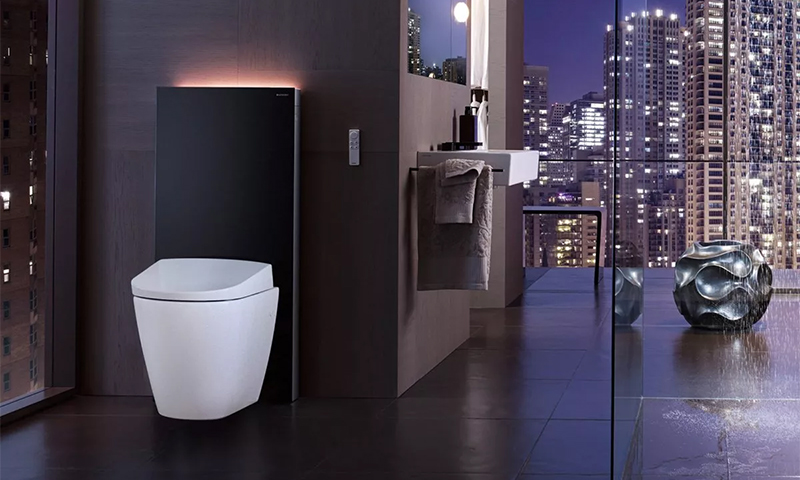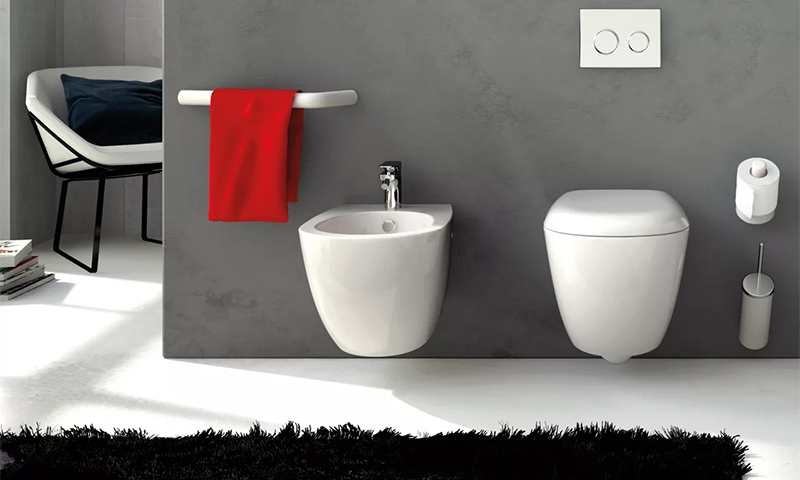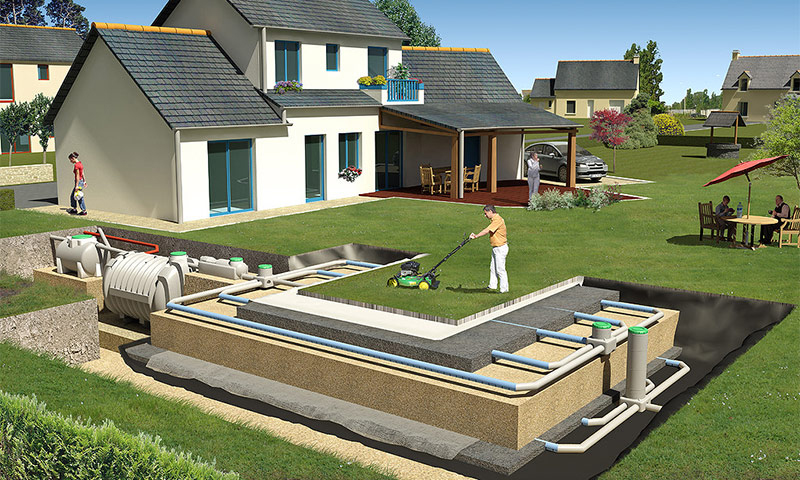Over time, more and more competition to standard toilet bowls are made toilets. If the former operate only with the use of water supply and sewage systems, the latter operate autonomously, and with high comfort for users. There are many such biounitazes, they differ among themselves by different parameters, choosing the most suitable device on the move will not work. To properly buy a bio-toilet, you need to have the necessary information, and detailed. This is exactly what is provided in the article below.
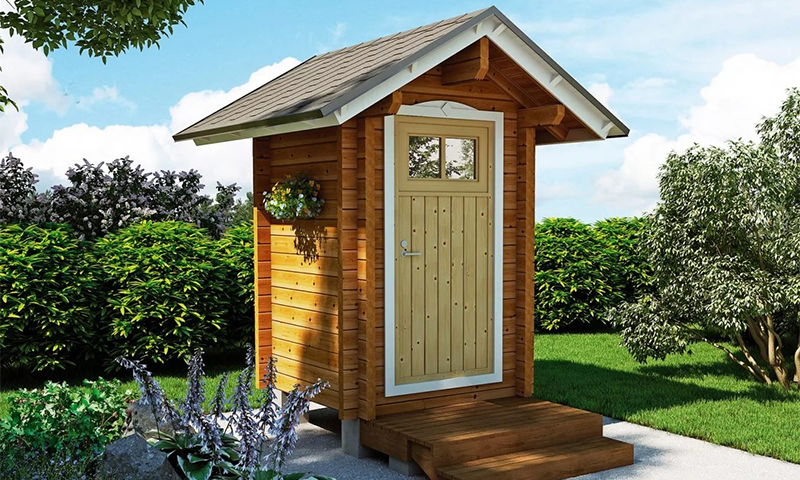
Content:
The best manufacturers of dry closets - which company to choose
If earlier there were few dry closets, and some consumers did not even know about their existence, now these appliances are increasingly replacing or supplementing standard toilet bowls.
Many companies are already engaged in the production of this plumbing, therefore, to simplify the selection, we indicate the names of the best manufacturers:
- Thetford;
- Separett;
- Biolan;
- Piteco;
- Enviro.
After bringing the names of the best firms offer the opportunity to focus on a specific model biounitaz. To make a choice, read the article about best dry closets.
Types of dry closets
Peat biounitazy
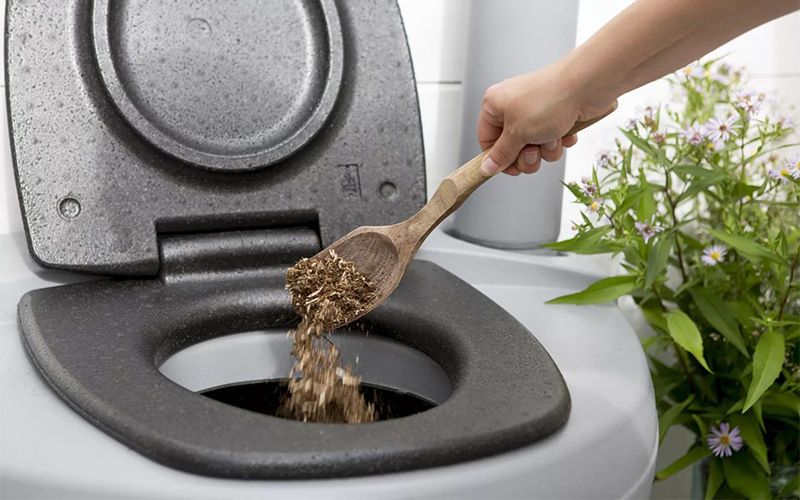
Peat biounitaz - sanitary stand-alone device of the stationary type, which has several constructional designs. The simplest of them is designed to serve up to 2 people.
The design of the most popular modifications includes:
1. The upper node, consisting of a seat with a lid and a tank for special peat with sawdust and microorganisms in the composition;
2. The lower compartment consists of 2 overhead tanks, the upper of which is removable;
3. Ventilation tube.
With the number of users from 3 people, models with drainage and filtration systems are used. In this case, a fitting for connecting the hose is provided at the very bottom of the device.
The principle of operation of the peat device is simple and effective:
1. After each bowel movement approximately 3, 4 times the handle located at the top of the device rotates, as a result layer-by-layer overfilling of waste is carried out.
2. After filling the tank to a certain level, the so-called semi-finished product for “ripening” and turning into fertilizer is sent to a specially equipped tank: a compost pit or a plastic bunker for up to 2 years.
At more significant load the separation principle of utilization is used. Effective complete adsorption and processing of all urine in this case is not possible, therefore, it is separately removed by a hose to the ground or into a special container.
Benefits:
- autonomy of work: there is no need for water and electricity;
- environmental safety of operation: no chemicals are used;
- composting capability;
- ease of assembly and ease of use: empty capacity can be up to 2 times a year;
- frost resistance of the plastic case;
- low cost in comparison with electric analogs;
- cheap consumables: special peat and paper.
Disadvantages:
- impractical cleaning of the toilet because of the lack of a water washout;
- the need for a ventilation device to remove unpleasant odors;
- low efficiency of the peat transfer mechanism: you have to duplicate its work manually.
Distinctive features of the peat dry closet - independence from communications and stationary installation. Therefore, it is used primarily in places where there is no water supply and sewage.
The object on which such a device is most appropriate is a cottage without the usual amenities. Installation in this case is possible both inside the building in a specially designated room, and in a separately installed booth.
Chemical biounitazy
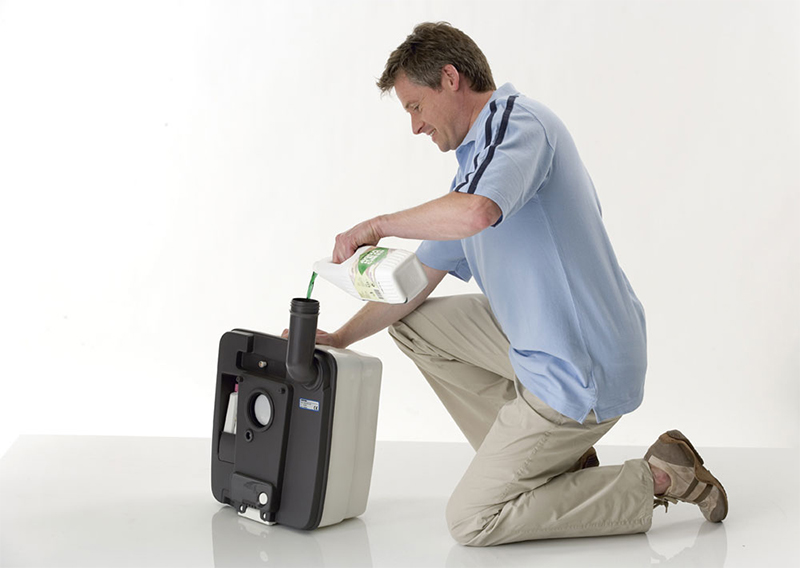
Chemical dry closet - liquid sanitary device of mobile type, which is easily transported and transported, and, if necessary, installed permanently, including in the booth.
The design includes 2 main nodes:
1. Upper, consisting of a water tank, a seat with a lid, holes for infusion, pump;
2. The bottom one is equipped with a waste tank, a pressure relief valve, a drain pipe, a separating rod, a niche for storing special liquids and a tank filling indicator. A connecting valve is provided on the upper panel of the lower part. Drain pipe has the ability to rotate 90 °.
Before starting operation, an opening is opened in the upper reservoir, after which water is poured, to which aromatic liquid is added in a small volume. Just before the bowel movement after pressing the pump, the bowl is rinsed to avoid subsequent adherence of feces and the spread of odors.
After intestinal emptying, a second flush is performed, as a result of which the waste enters the accumulator, in which it is processed by the active reagent to a homogeneous liquid state.
Then the upper tank is disconnected, the nozzle is turned, the products of the excrement are poured: when using formaldehyde and ammonium compounds - into the sewage system; after the application of biological agents - into the soil.
Benefits:
- small weight and size;
- mobility: the ability to carry and transport;
- the use of paper, which subsequently decomposes completely;
- hygiene and environmental safety of biological reagents;
- operating comfort: no odors;
- no need for ventilation;
- availability of a convenient indicator informing about the degree of filling of the tank.
Disadvantages:
- ammonia and formaldehyde toxicity;
- the need for frequent maintenance, namely the discharge of recycled waste;
- need for regular purchase of solvents.
A big plus chemical dry closets - compact, allowing to transport the device. Due to this advantage, it is practically possible to use such bio-units anywhere, provided that the framework of decency is observed.
The device is very convenient for people with limited mobility, therefore it is used in apartments, in private houses, in hospitals. In addition, it is appropriate for use in country houses, on yachts, in stalls and kiosks.
Electrical biounitazy
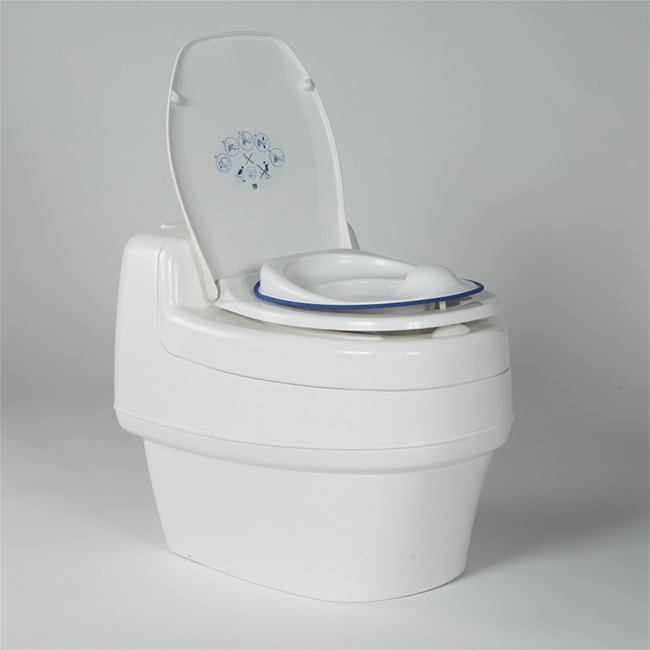
Electric biounitaz - stationary sanitary device, which has several versions and, as a consequence, operation schemes: for operation, it is necessary to connect to the power grid.
Consists of the following main elements:
1. Housing;
2. Cable;
3. Seat with lid;
4. Dividing pad;
5. Compressor;
6. Fan;
7. Pipe under the hood;
8. 2 accumulative capacities (for excrements and for urine).
According to one scheme, 2 paper bags are placed in a bowl. At the end of the bowel movement, the person gets up, as a result, the seat is lifted, a hole opens, the waste falls into the drive, and then burned to form harmless ash.
In another scenario, the waste products are separated:
1. Urine enters the first tank from which it is poured into the sewage system or, with the help of a hose, onto the soil;
2. The faeces take place in the second tank, where they are dried as much as possible, then used as compost.
Such devices work only when connected to the mains, in addition, they function only after a person assumes a sitting position.
Benefits:
- no need for sewage systems and water supply;
- the rarity of the frequency of treatment: the weight and volume of waste is significantly reduced;
- the possibility of using recycled feces as fertilizer;
- no unpleasant odors: removed by the ventilation system;
- environmental safety: no chemicals are used in the process;
- simplicity and comfort of operation;
- The minimum cost of consumables: special bags.
Disadvantages:
- volatility: waste is recycled with electricity and forced ventilation is created;
- operation only in a sitting position: work is possible only under the pressure of human weight;
- high price.
Electric dry closets are stationary devices: for their functioning electric current is needed.
Consequently, such products are installed in any suitable premises on any objects where there is a socket: in country houses, in summer cottages, in retail outlets, in rural schools. If you wish to install biounitaz, you need to consider the potential degree of complexity of the ventilation device.
Parameters of the choice of dry closet

Processing method
According to the method of processing products are:
1. Peat - more suitable for summer cottage: for their functioning no communications are needed, besides, it will be possible to fertilize the beds with the formed compost .;
2. Electric - suitable, first of all, for country houses, in which it is technically easy to arrange ventilation with a pipe;
3. Chemical - installed in the adapted premises of any buildings.
Volume of the tank
The frequency of its storage tank depends on the volume of the storage tank.
The capacity of this container is:
1. In chemical models - 12 and 21 liters;
2. In electric - 17 and 50 liters;
3. In the peat - 44 and 100 liters.
There are devices with less and with greater capacity than the above. The choice in this case depends on the number of people who use biounitaz and method of waste processing. For example, a family of 3 people fills a 12-liter container in about 3 days.
Weight
The weight of the tank, which will have to endure, directly depends on its volume. Approximate weight of the filled 21-liter container is 24 kg. Do not wait until the last and carry out too heavy container. At the same time, the product made of durable plastic can withstand up to 0.25 tons.
Height
Toilets come in different heights: both 30 cm and 53 cm. If a bio-toilet is bought for an apartment or a private house, in this case it is necessary to proceed from the growth of all family members. Conveniently, as far as possible, should be for both children and adults.
Additional options
The following additional options increase the comfort of use:
1. Two-sided wash tank;
2. Pressure valve;
3. Filling indicator.
Thanks to the latter, it is easy to track the level of fluid in the storage tank. With the help of a double-sided flush, sewage is removed more efficiently. These options are used in chemical models.
Which bio-toilet to choose
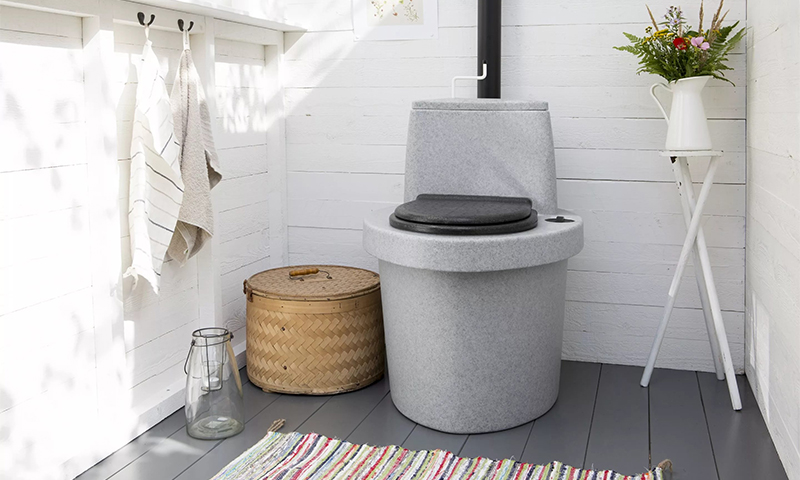
1. Peat biounitazy ideal for summer houses, intended for periodic visits to the cultivation of vegetables and fruits. In many such buildings there is no water supply and drainage, there is not always electricity. For the operation of these devices, all these communications are unnecessary: only special peat is used, which, together with feces, turns into compost over time.
2. Chemical dry closets can be used in any room. Such devices are light and compact, installed in stationary and mobile mode, in addition, they do not need any sewage, ventilation or electricity to operate. Liquid models are used in apartments, private homes, summer cottages, tourist buses, hospitals, yachts, kiosks, dormitories, and mobile homes. If you need to install on the street, you can buy a toilet with a plastic booth.
3. Electrical biounitases are more complex than peat and chemical ones. They differ in structural diversity, as a result, recycling can be done in different ways. Devices are installed in rooms with a power outlet, followed by forced ventilation.Most electric models are used in private homes, including cottages.
How much does a bio-toilet

1. Peat portable: 5.3 ... 5.7 thousand rubles.
2. Stationary peat: 3.4 ... 83.0 thousand rubles.
3. Chemical portable: 3.4 ... 16.2 thousand rubles.
4. Chemical with a cabin: 14.5 ... 51.5 thousand rubles.
5. Electric stationary cassette: 34.2 ... 43.4 thousand rubles.
6. Electric stationary compost: 80.0 ... 139.3 thousand rubles.
7. Electric stationary with freezing waste: 114.0 ... 116.0 thousand rubles.
8. Electric stationary with combustion chamber: 249.0 ... 249.5 thousand rubles.
9. Electric stationary with separate waste collection: 16.2 ... 74.0 thousand rubles.
It will be interesting to friends too






